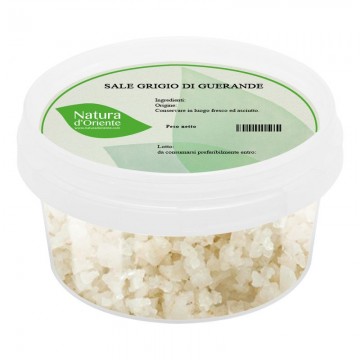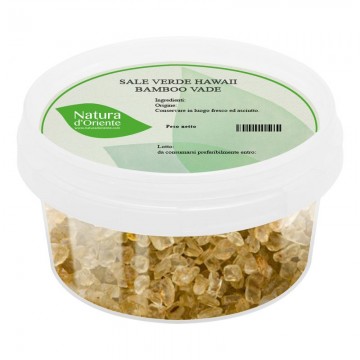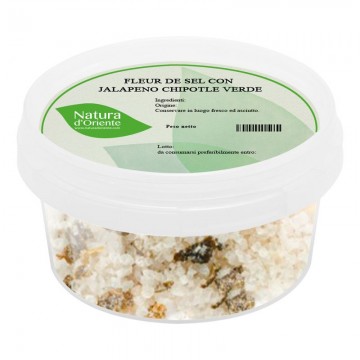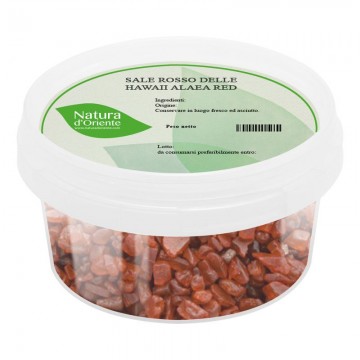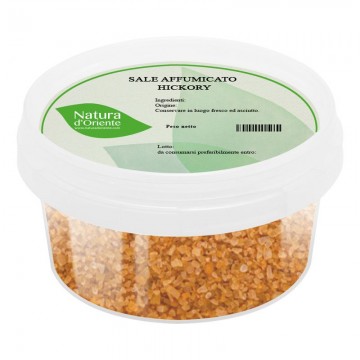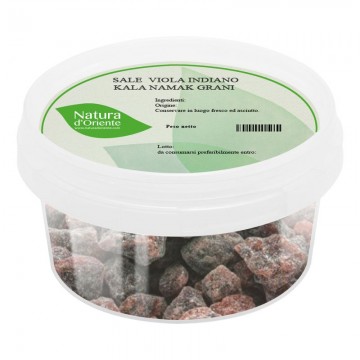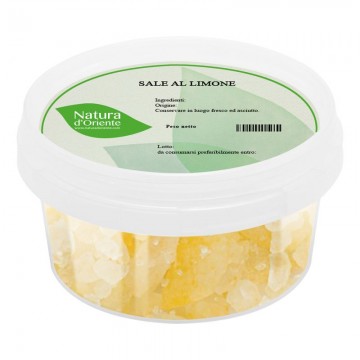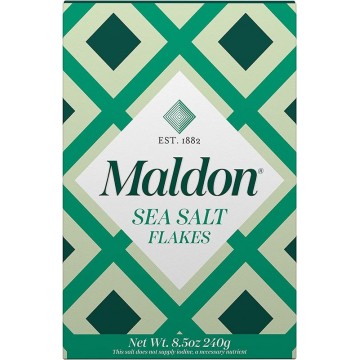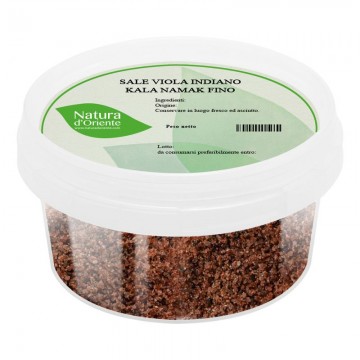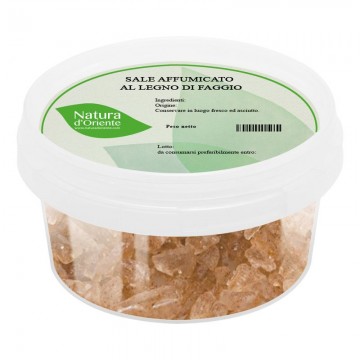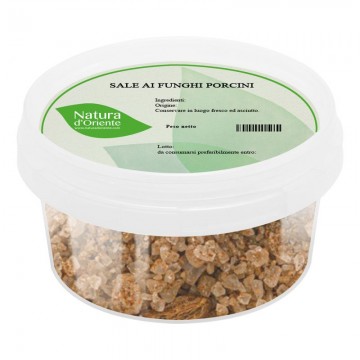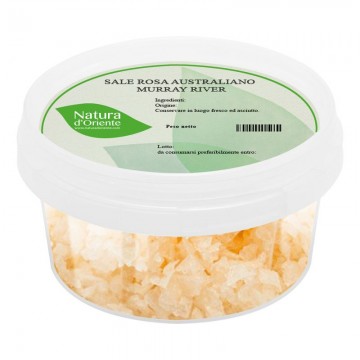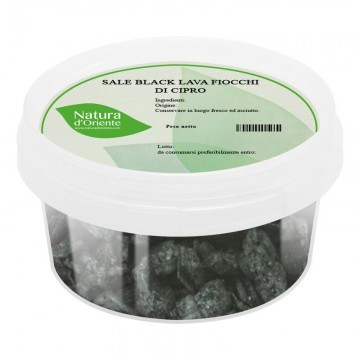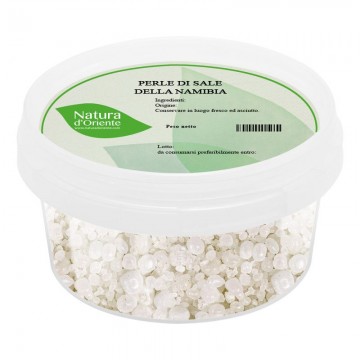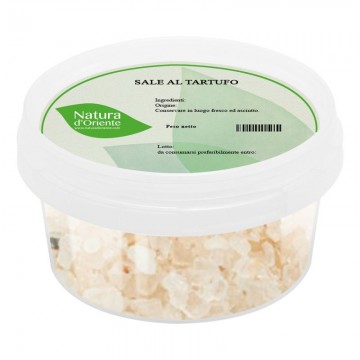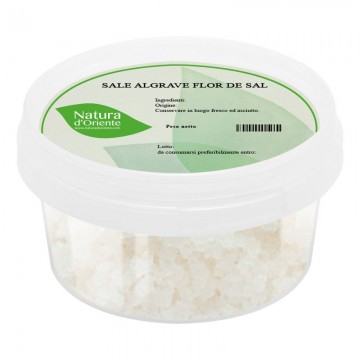A condiment increasingly appreciated by chefs for gourmet cuisine for its balanced flavor , this salt comes from the Sacred Valley of the Incas in Peru. Extracted from the so-called “Salineras de Maras”, at over 3,000 meters high, it has a high content of minerals that come from Andean waters. It is a natural salt, proposed here in its integral version with coarse grains: irregular, compact and crunchy crystals, with a pink color.
Maras pink salt: features and benefits
The Peruvian pink salt creates a balance of flavors on the dishes, it is rich in minerals but not too savory. Ideal for use in the kitchen in general, it is used in particular in the preparation of white and red meat, as well as on fish-based dishes. It gives a contribution of original flavor and not insistent on the dishes, delicious. Historically used by the population of the Andes - Wari and Inca - it has remained a 100% natural salt, free of toxins and microplastics. Unlike common salt, the pink salt of Maras is a natural salt and is not chemically produced; compared to the marine, it does not come from contaminated seas. The color with pink undertones is also natural, and derives from the minerals concentrated in the crystals. This tone makes the Maras salt elegant for garnishes. Its high mineral content is recommended for the well-being of the organism. This particularity derives from the water of Maras, endowed with a deep salinity born in the mountain. For this, Peruvian salt has the benefit of an appreciable amount of elements such as magnesium, essential for the balance of the nervous and digestive systems. Contains iron, calcium and zinc - which strengthens the immune system. These characteristics of the salt are due to the environment in which it is produced, since the waters flow from the mountain, naturally salty and rich in minerals.
Origins and History of the extraction
The pink salt from Maras, Peru, is considered a rose gold. The ancient Inca custom of evaporating the waters of this aquifer to obtain salt is still repeated today. The naturally salty water comes from a stream that springs from the center of the mountain, from the Qori Pujio spring, and flows with an underground network of canals that fill the pools. These waters are found in the territory of Maras, in the Sacred Valley of the Incas, near Cuzco, in Peru. It is an area between 3,000 and 4,000 meters above sea level, where there are thousands of basins (about 4,000) for the collection of water and the extraction of salt by hand. The pools are located on the white, sloping terraces that line the Qaqawiñay mountain. Each of the natural pools measures approximately 14 square meters and can have different shapes. It is the community of Maras, which takes care of the care of this system. Once collected in the basins, it evaporates under the effect of the sun and allows the salt to crystallize. The wonderful Pink Salt of Maras has thus been extracted for hundreds of years, in an artisanal way. Even today the traditional system is used, which makes the tanks fill with salt water by taking water from the stream, and then the canal is closed to preserve it. As the water evaporates, the crystallized salt at the bottom is extracted using wooden shovels and rakes. Once all the pink salt has been extracted, the channels are opened and the tanks are filled with salt water again. To date, the production of Peruvian pink salt allows the community of Maras to also have an economic sustenance, thanks to the success of this gourmet condiment all over the world. Historically, not much is documented of the earliest period, and it is thought that the salt pans were built before the Incas, between 500 and 1100 AD, at the time of the Wari civilization. When the Inca acquired control of the territory, in the 12th century, the salt pans were entrusted to some families of the neighboring community, who still today have handed down control of the basins to the new generations. At the time, salt was an essential mineral used for human consumption but also for livestock and food storage - it was even used for mummification. In ancient times, Peruvian pink salt was also considered for its medicinal properties, such as the prevention of kidney stones and osteoporosis. Nutritional values of salt This salt is highly valued for its quality, due to the mineral content (calcium, iron, magnesium, zinc, silicon and copper) and the low quantity of sodium. Features make it an excellent food supplement in the dressing.
How to use pink Maras salt in the kitchen
Peruvian pink salt is the perfect ingredient
as a gourmet salt, appreciated by chefs from all over the world. In its coarse-grained version, Maras salt is particularly suitable for the preparation of different cuts of meat, red and white, including pork and chicken . The large and compact grains of this salt allow to maintain the humidity of the meat, and provide a useful element to marinate them better. It brings a mineral touch to blends with herbs and spices, used to flavor grilled meats or on the barbecue. Also ideal for grilled or baked fish dishes, seafood and side vegetables. It is an excellent salt on salads, and perfect for bakery products, as well as in the preparation of desserts where it gives a delicious touch for the sweet-salty balance. Rich in minerals, Peruvian pink salt is ideal for cooking any dish in a healthy way.
Pink Maras salt: side effects and contraindications
Caution is advised when taking salt in case of hypertension, cardiovascular disorders, diseases related to the kidneys and blood vessels. Furthermore, it is good to moderate the quantities during pregnancy and breastfeeding.

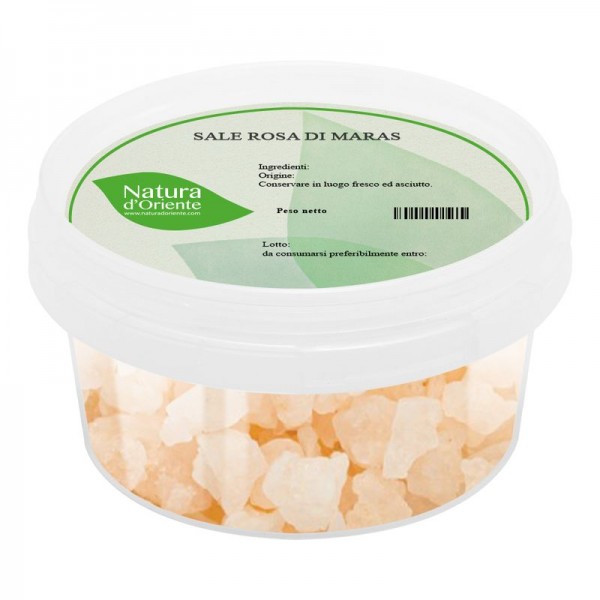



 No reward points for this product.
No reward points for this product.
